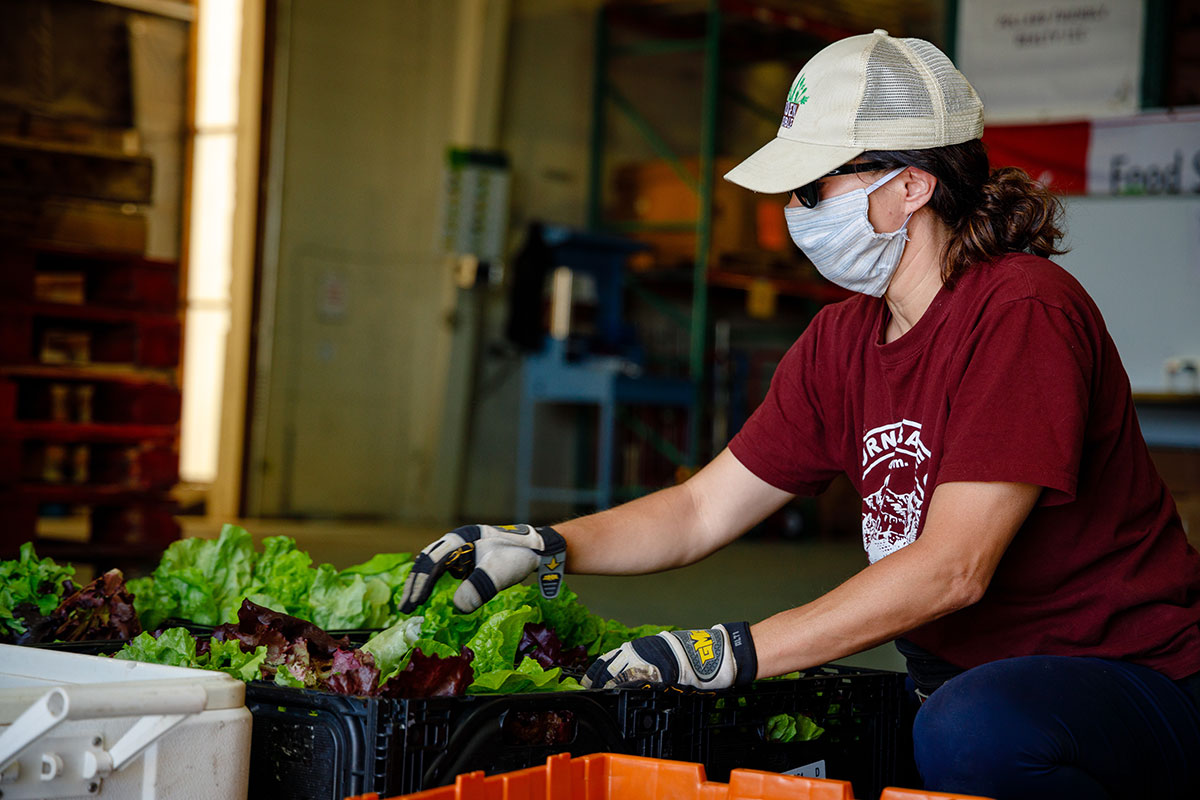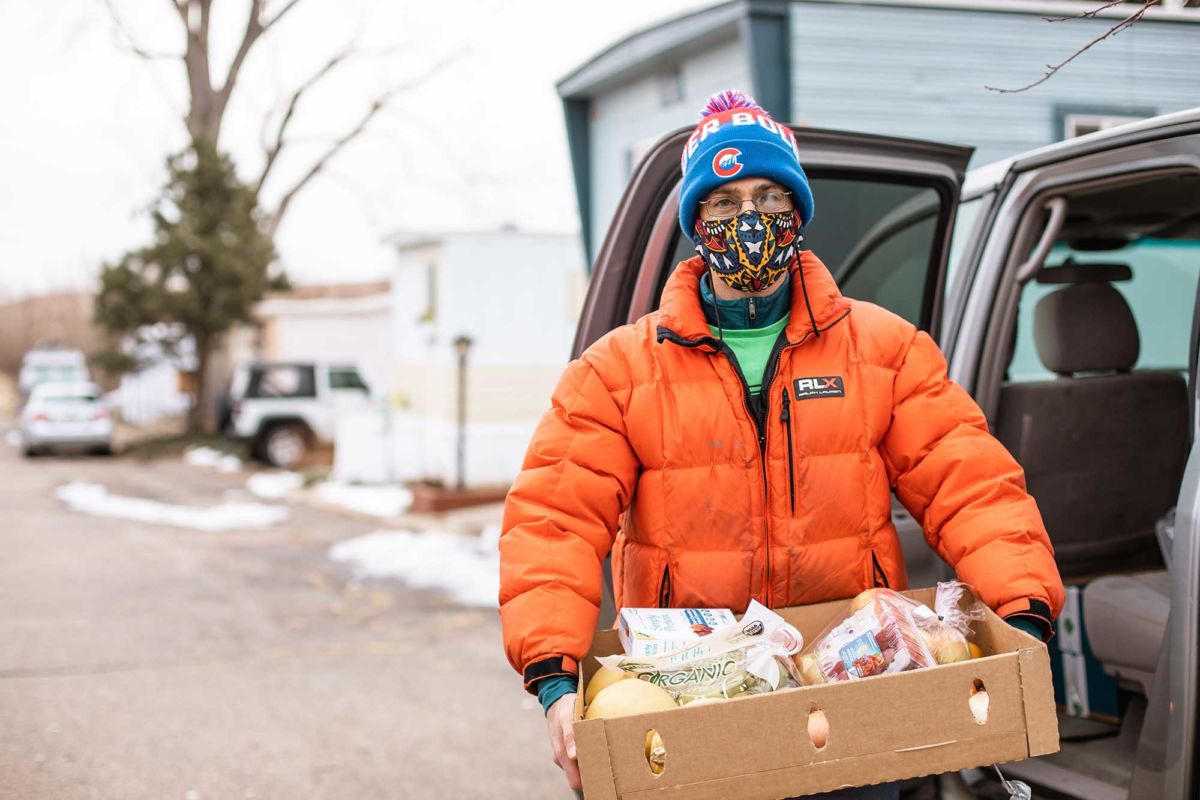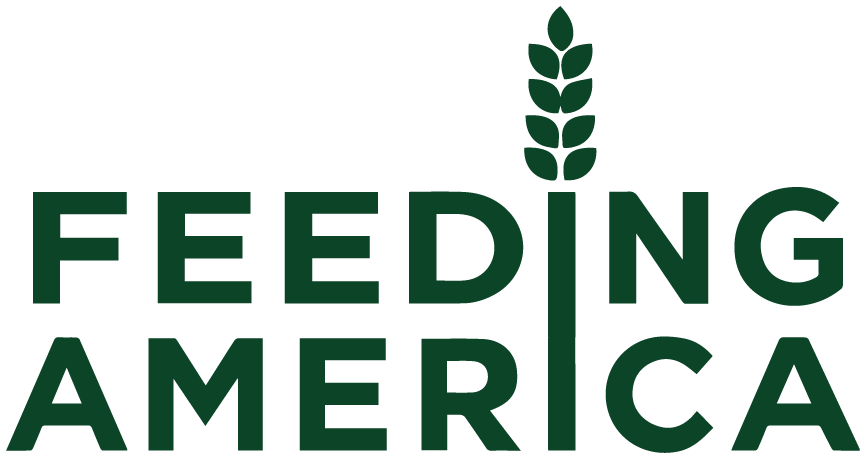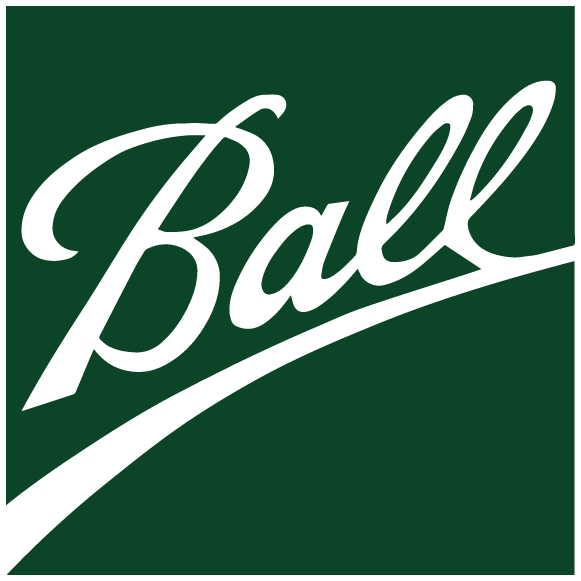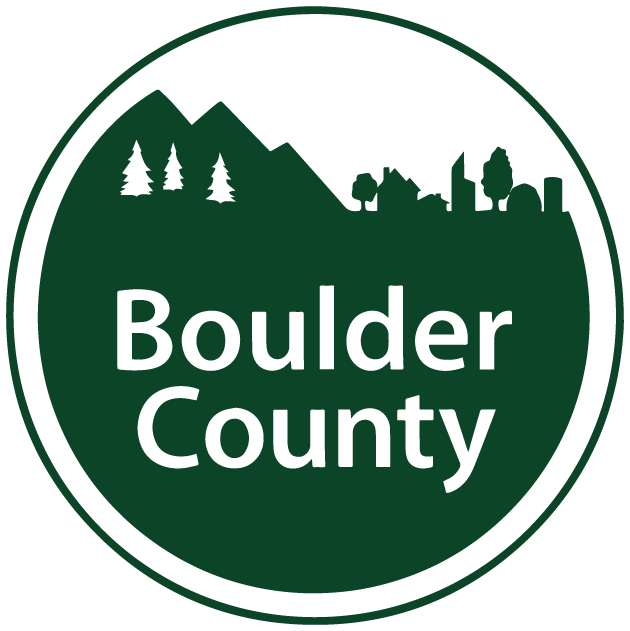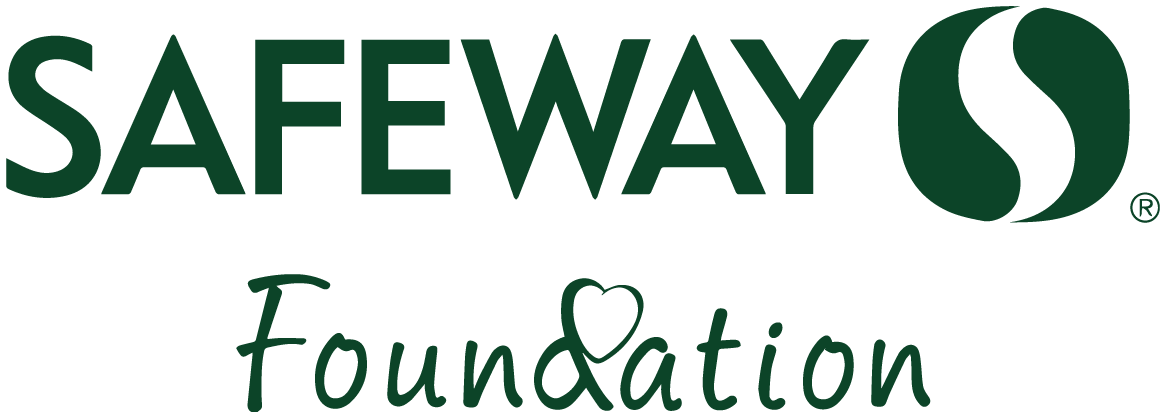What is a Food Bank?
At Community Food Share, we not only provide food directly to families, seniors, students, and others, we’re also a hub — delivering millions of pounds of food a year to local partners to reach people in their communities.
Where Does the Food Come From?
87%
Donated Food
Most of our food is donated through food rescue, but we also receive it from local farms and community food drives.
6%
Purchased Food
To supplement donations and meet the nutritional needs of those we serve, we leverage national and local relationships to purchase food at the lowest possible price.
7%
Government Commodities
We receive some of our food through federal programs that are overseen by the United States Department of Agriculture.
Food Rescue
Community Food Share rescues safe, surplus food from going to waste so that it can instead help nourish those struggling with hunger. Retail grocers, farmers, producers, distributors, and foodservice operators donate food that is not profitable to sell, close-dated, overstock, seasonal, or cosmetically damaged.
We rescue 12 tons of food a day that would otherwise go into landfills. That’s equivalent in weight to 120 baby elephants!
Where Does the Food Go?
Partner Agency Distribution
Most of our food is distributed through a network of more than 40 local non-profit organizations.
Direct Distribution
We also provide food directly to families, seniors, and other individuals in need through our onsite and mobile pantries.
Is the Food Healthy?
Our goal is to distribute 10 million pounds of food every year, but we focus on quality, not just quantity. At least 75% of our distribution will be fresh produce or high-protein items like dairy, meat, and peanut butter.
Type of Food Distributed
